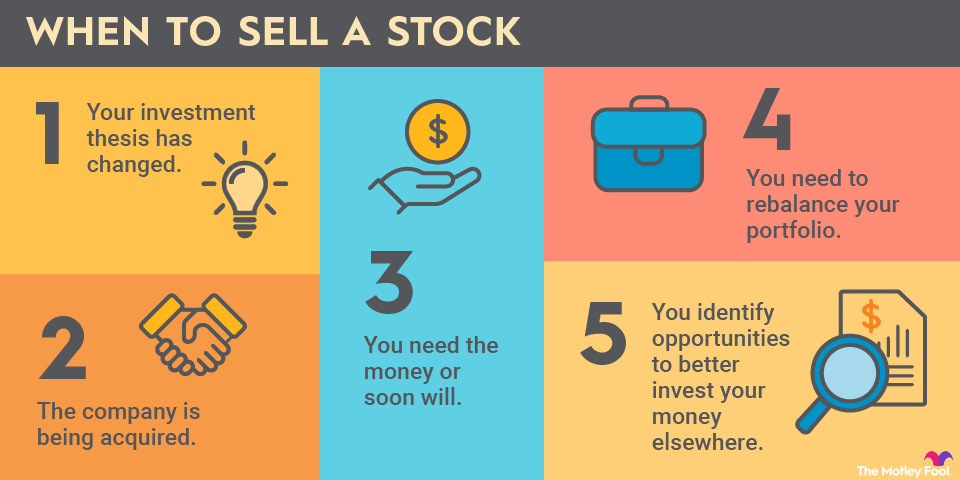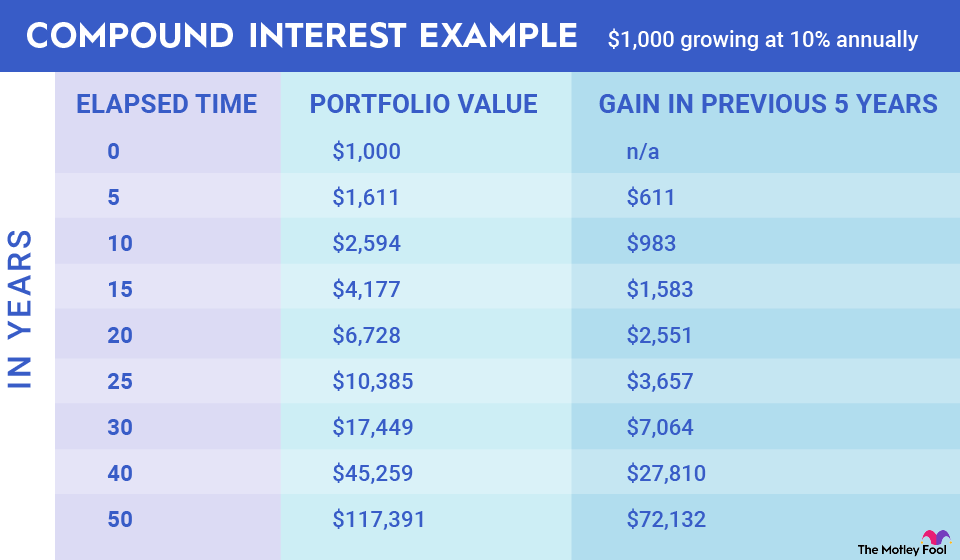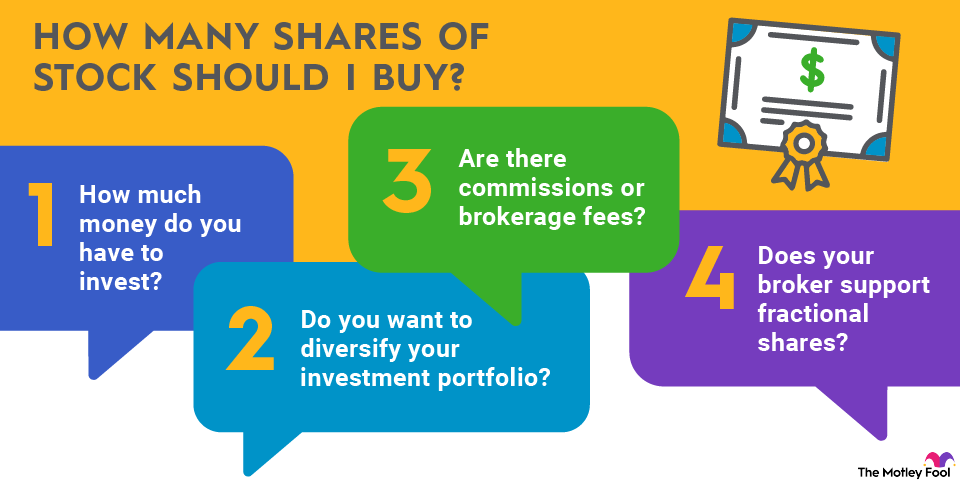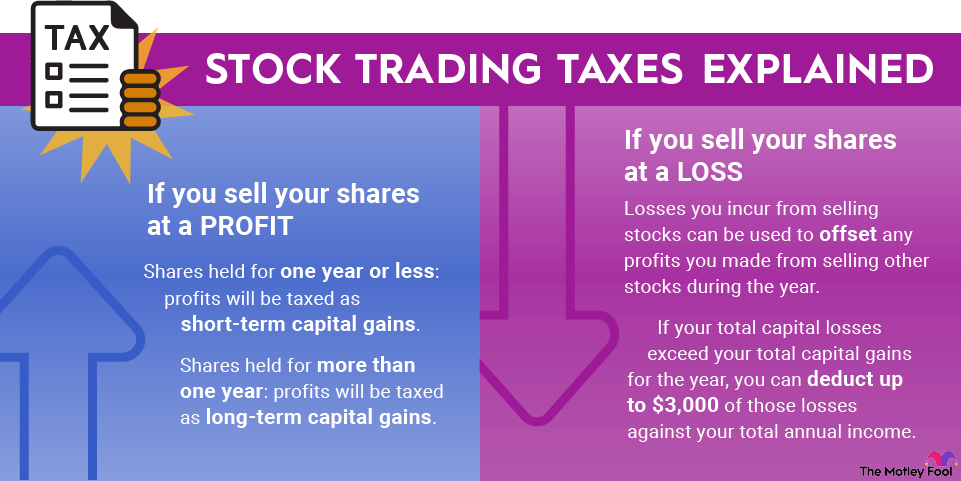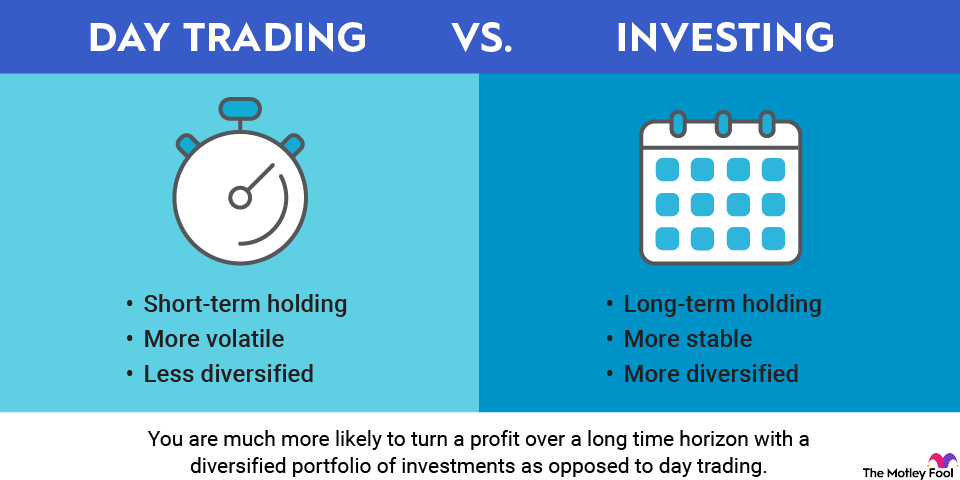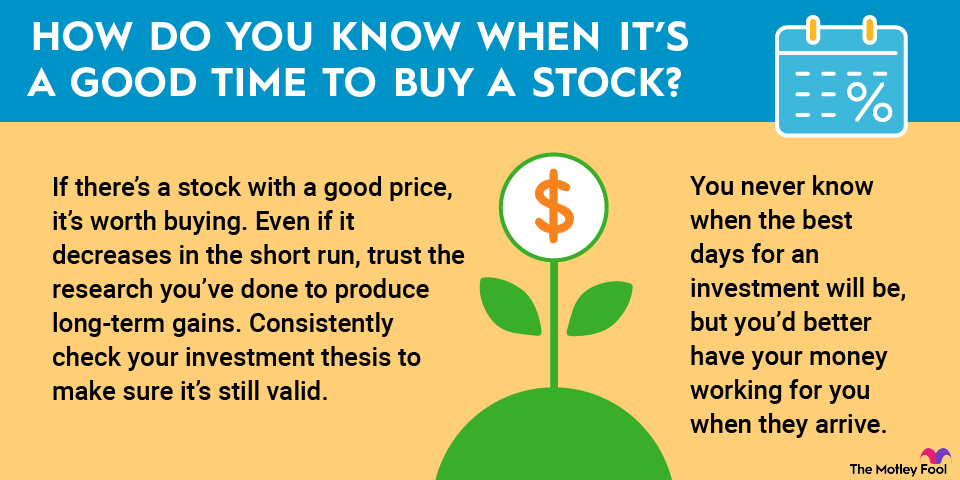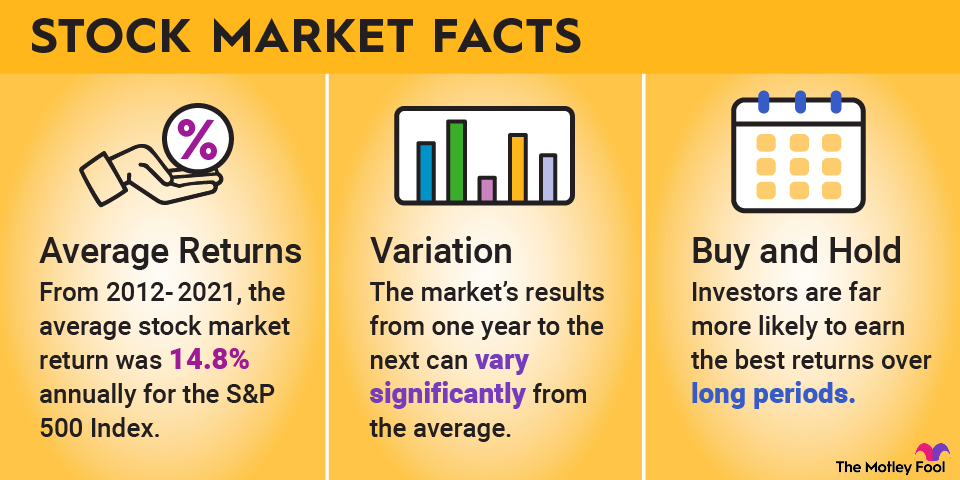Ford's growing EV sales could eventually drive profit growth for the car company. The EV-powered upside potential makes the iconic automaker a good stock to consider investing in over the long term.
Here's a step-by-step guide on how to buy shares of Ford, followed by some factors to consider before investing in the automotive stock.
How to invest in Ford
You can buy shares of Ford in any brokerage account. Here's a step-by-step guide to buying Ford stock:
- Open your brokerage app: Log in to your brokerage account where you handle your investments. If you don't have one yet, take a look at our favorite brokers and trading platforms to find the right one for you.
- Search for Ford: Enter the ticker "F" into the search bar to bring up the stock's trading page.
- Decide how many shares to buy: Consider your investment goals and how much of your portfolio you want to allocate to this stock.
- Select order type: Choose between a market order to buy at the current price or a limit order to specify the maximum price you're willing to pay.
- Submit your order: Confirm the details and submit your buy order.
- Review your purchase: Check your portfolio to ensure your order was filled as expected and adjust your investment strategy accordingly.
How to invest in Ford through ETFs
Instead of buying shares of Ford directly, you can passively invest in the automotive company through a fund holding its shares.
Ford is a large company by market capitalization. It's a widely held stock. Ford is in several stock market indexes, including the S&P 500 index. As a result, index funds and exchange-traded funds (ETFs) that benchmark their returns against those indexes hold Ford stock.
Exchange-Traded Fund (ETF)
According to ETF.com, 238 ETFs held 890.1 million shares of Ford as of mid-2025. The Vanguard Total Stock Market ETF (VTI +0.34%) held the most shares at almost 123 million. However, the broad market ETF had a relatively small portfolio weighting to Ford.
Other ETFs had greater exposure to Ford stock. For example, the First Trust Nasdaq Transportation ETF (FTXR +0.33%) had the highest portfolio weighting at 9.6%. That makes it a better option for those who want to invest passively in Ford and other transportation stocks.
Investors could also consider investing in an electric vehicle ETF if their main reason for buying shares is its EV-powered upside potential.

NYSE: F
Key Data Points
Is Ford profitable?
Ford is a profitable company. On a generally accepted accounting principles (GAAP) basis, Ford reported $500 million of net income in the first quarter of 2025, a roughly $900 million decline from the prior year period. It's coming off a strong year of profitability. In 2024, Ford produced $5.9 billion of net income, a $1.5 billion improvement from 2023.
The company initially expected 2025 to be a profitable year. However, due to the uncertain impact of tariffs on its business, the company suspended its financial guidance.
Ford's revenue
As one of the largest automakers in the world, Ford generates a lot of revenue. The company reported $40.7 billion of revenue in the first quarter of 2025, a 5% decline from the prior year. The company hauled in $185 billion of revenue in 2024, a 5% increase from the prior year.
Revenue
Ford's valuation
Ford trades at a relatively low valuation. In mid-2025, shares of Ford traded at a forward price-to-earnings (PE) ratio of slightly less than 10 times. That was dirt cheap compared to the broader market. The S&P 500's forward PE was more than 21 times, while the Nasdaq-100 fetched more than 25 times forward earnings, making Ford look like a good value investment.
Does Ford pay a dividend?
As of mid-2025, Ford paid dividends to its investors. However, the company has a rather spotty track record as a dividend stock. Ford reinstated its dividend towards the end of 2021 after an almost two-year suspension due to the COVID-19 pandemic's impact on its operations. The company also suspended its dividend in 2006 and didn't reinstate a payout until 2012.
In addition to paying its regular dividend, Ford declared a special supplemental dividend in early 2024 and again in early 2025 (the 2025 payment of $0.15 per share was the same as its quarterly dividend rate). Driving that additional payout was its strong free cash flow and the company's target to return 40% to 50% of its adjusted free cash flow to shareholders.
Ford stock split history
Ford has completed six stock splits in its history:
Date | Type of stock split |
July 1994 | 2-for-1 |
January 1988 | 2-for-1 |
June 1986 | 3-for-2 |
December 1983 | 3-for-2 |
May 1977 | 5-for-4 |
May 1962 | 2-for-1 |
The bottom line
Ford is an iconic automaker that makes most of its money selling gas-powered vehicles. However, its best days might not be in the rearview mirror. The company has invested heavily in shifting its product lineup to more environmentally friendly vehicles. The investment could pay off by helping Ford re-accelerate its profits in the coming years. With the company's shares seemingly trading for a discounted price, Ford stock could wind up being an enriching investment.







